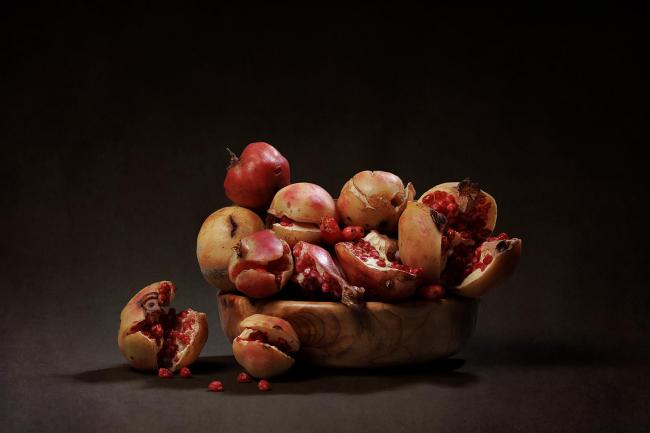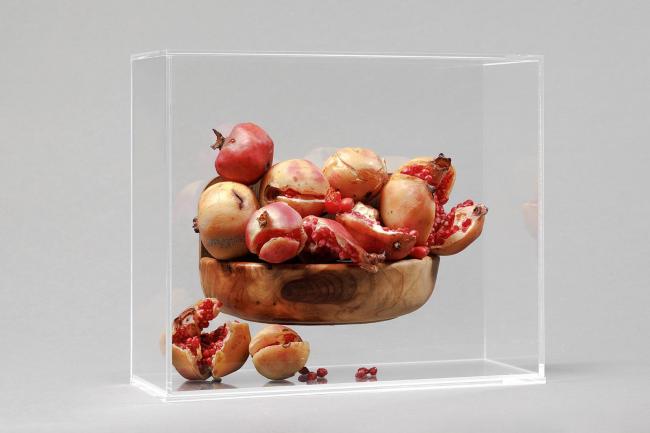Paola Nizzoli Desiderato has been researching, studying and following forgotten techniques of historical value in order to recover and give continuity to art forms of the past.
In 2007 she started a historical and bibliographical research on the beeswax technique. After two years of experimentation, she was able to recreate the museum fruits following the original recipes found in ancient texts.
Virgin beeswax models created using the ceroplastic technique.
The adjective “ceroplastic” refers to the sculptural technique used to create objects of various sizes in different types of virgin beeswax, which have very diverse origins and consistencies. If these varieties of beeswax are understood and correctly measured, many different effects can be produced to give authenticity to different materials.
Artists and scientists have been using virgin beeswax since 1500 to study complex and articulated forms in the fields of botany and anatomy, leaving behind important evidence of artistic production and scientific research.
Working with virgin beeswax, a valuable and malleable material which gives us the term “ceroplastic”, is a magical experience that provides unlimited scope for research and discovery. Even in Antiquity, Aristotle wondered about the origins of wax but it was only at the end of the 19th century that more was discovered about it. It is a substance made up of over 300 components identified as of today. It is secreted by specific glands of worker bees during a period of about ten days over their lifetime. To produce a kilo of wax, the work of approximately 150 000
bees is required. Even today, studies of beeswax continue. The variables in the behaviour of wax are infinite, given that it is produced by bees with varying characteristics that depend on their breed, colony of origin, age, the place where they live, different types of pollen, seasons and the presence or absence of a queen bee. This gives the beeswax a great and valuable changeability.
Each model is a sculpture, a three-dimensional painting, and is to be treated as such. The living matter requires special attention, even though it is extremely stable and resistant over time. The wax model holds its shape in heat, in temperatures up to forty or forty-five degrees (in these conditions, however, it is advisable to set the models apart from one another, ensuring that they do not touch). It is advisable to use a soft paintbrush to dust the models and to avoid exposing them to strong, constant light (sunlight, halogen lamps...), as wax is photosensitive, like all natural materials (wood, silk, leather...) and paintings (oil paintings, watercolour...).
If changes in colour should occur (that are not attributable to improper execution or poor quality of the wax), please let us know by sending an e-mail to: ceroplastica@gmail.com. Thank you
Paola Nizzoli Desiderato



















